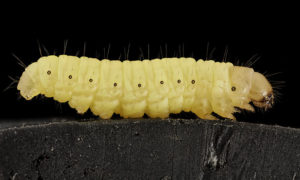


This dissolves quicker than other sands and will even benefit your gecko with calcium additives when swallowed. If sand is used, calcium based sand is recommended. These however are dirty and dusty and should be sieved through regularly to remove any waste. If you want something to look natural, then sand and soils can be the most aesthetically pleasing. A small moist hide box would be a benefit, especially for when the time comes for the gecko to slough its skin.Ī choice of substrate very much depends on what is more important for you. That is not to say though that the gecko cannot get to moist areas, as they will often crawl into slightly moist burrows in the wild. The point is though, that the substrate must be dry. It is not essential to use natural sands and substrates newspaper would do the job but it is not aesthetically pleasing. Leopard Geckos come from dry, arid areas which should be re-created in a captive environment. Many vivariums are available on the market today already made to suit most reptiles, with ventilation holes and even fittings for the various heat and light appliances. Be sure to have plenty of ventilation holes. If you use regular chipboard or other non-coated woods, the vivarium will not last long with the water spillage and waste products related to keeping any animal. I suggest a wooden vivarium, which is coated with melamine to allow the enclosure to last much longer.

A vivarium can be made from a number of materials wooden with melamine coating, glass, plastic and even good quality metal enclosures have been made. If you would like a trio (1 male and 2 females), than a 90cm vivarium would be required with additional hiding places. Housingįor a single or pair of leopard geckos, a vivarium 60cm Length x 30cm Width x 30cm Height will be ample room. In the past decade, they have been reproduced in huge quantities and due to this, a large number of pattern and colour mutations have evolved. They are small, 20-25cm and make an ideal pet.

Leopard Geckos are the most commonly bred lizards in captivity.


 0 kommentar(er)
0 kommentar(er)
